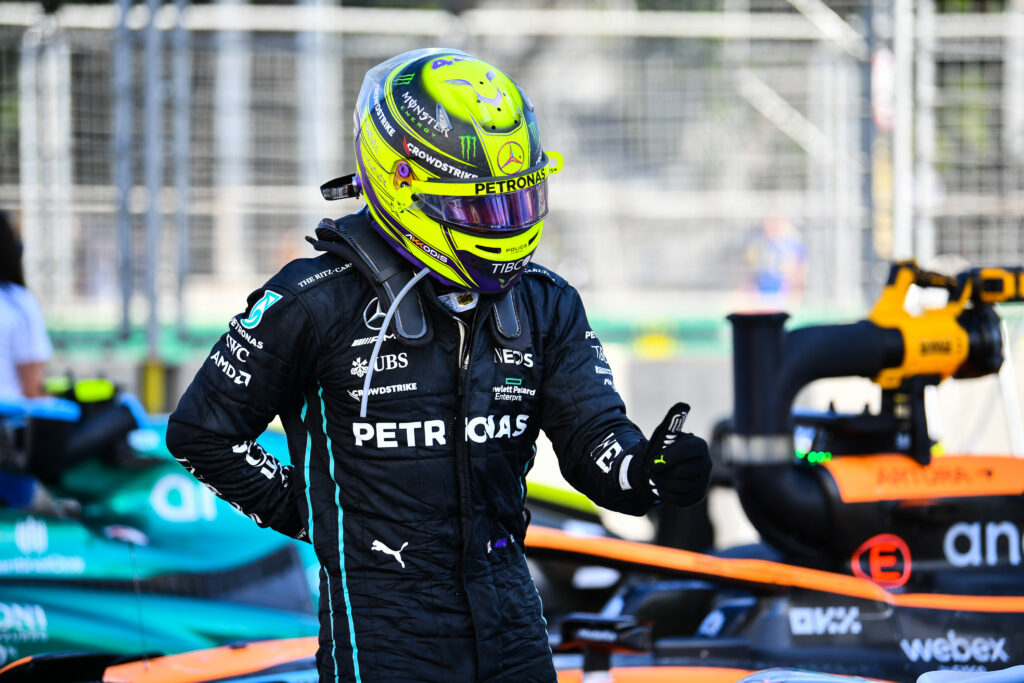The International Automobile Federation released a statement on Thursday (16), in which it indicates that it will implement a wobble limit to try to control the cars' wobble and not affect drivers' health in F1

The FIA has established a new technical guideline for Formula 1 car kicks in 2022, determining limits for vertical oscillations of single-seaters on the track - a phenomenon known as porpoising. According to a statement released by the entity, the underside of the cars - which includes the floor and skid plate, among other parts - will be inspected before the activities.
It was not clear, however, what the limit set by the entity will be. In the same statement, the FIA indicates that it will work with the teams to define how this "mathematical formula" will be calculated. Finally, the organization also stated that it took this action aiming at the well-being of the drivers, who have complained about the strong physical consequences caused by the phenomenon.
One of the main examples was Lewis Hamilton, who had a lot of difficulty getting out of the car after the Azerbaijan GP, a race in which the Mercedes' bump was even stronger than usual - Baku has the longest straight of the calendar, more than 2 km long.
▶️ Get to know the GRAND PRIZE channel on Twitch by clicking here!

The return of the ground effect allowed the problem to appear, which was not identified by any of the teams in the work done on the simulators before the season began. As the single-seaters are lowered, the aerodynamic pressure passing under the floor pulls the car towards the ground - and at this moment it bounces back and forth, starting a repetitive sequence of hits on the ground that directly affect the driving.
Check out the FIA statement in full:
"Following round eight of this year's FIA Formula One World Championship, during which the phenomenon of aerodynamic oscillations ("porpoising") of the new generation of Formula One cars and the effect of this during and after the race on the physical condition of the drivers came back into focus.As the sport's governing body, the FIA has decided that, in the interests of safety, it is necessary to intervene to require teams to make the necessary adjustments to reduce or eliminate this phenomenon.
A Technical Directive has been issued to guide the teams on the measures that the FIA intends to take to address the problem. These include:
1 - More thorough scrutiny of boards and skids, both in terms of design and wear.
2 - The definition of a metric, based on the vertical acceleration of the car, that will give a quantitative limit to the acceptable level of vertical oscillations. The exact mathematical formula for this metric is still being analyzed by the FIA, and Formula One teams have been invited to contribute to this process.
In addition to these short-term measures, the FIA will convene a technical meeting with the teams to define measures to reduce the propensity of cars to exhibit such phenomena in the medium term.
The FIA decided to intervene after consulting with its doctors in the interests of driver safety. In a sport where competitors routinely drive at speeds of more than 300 km/h, it is considered that a driver's entire concentration needs to be on that task and that excessive fatigue or pain experienced by a driver can have significant consequences if it results in a loss of concentration. In addition, the FIA has concerns regarding the immediate physical impact on the health of the drivers, several of whom have reported back pain following recent events."